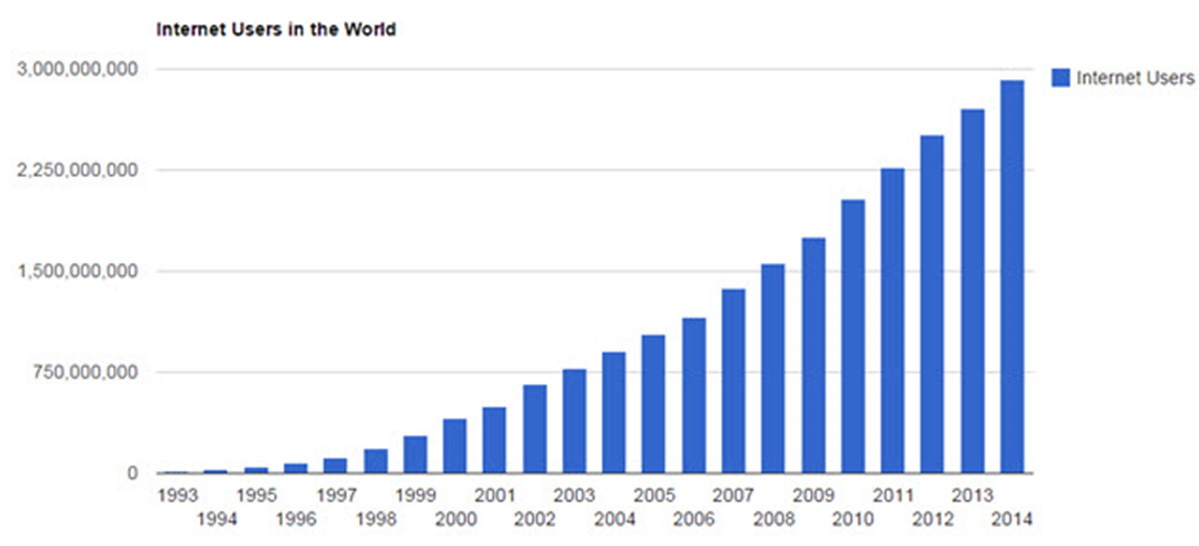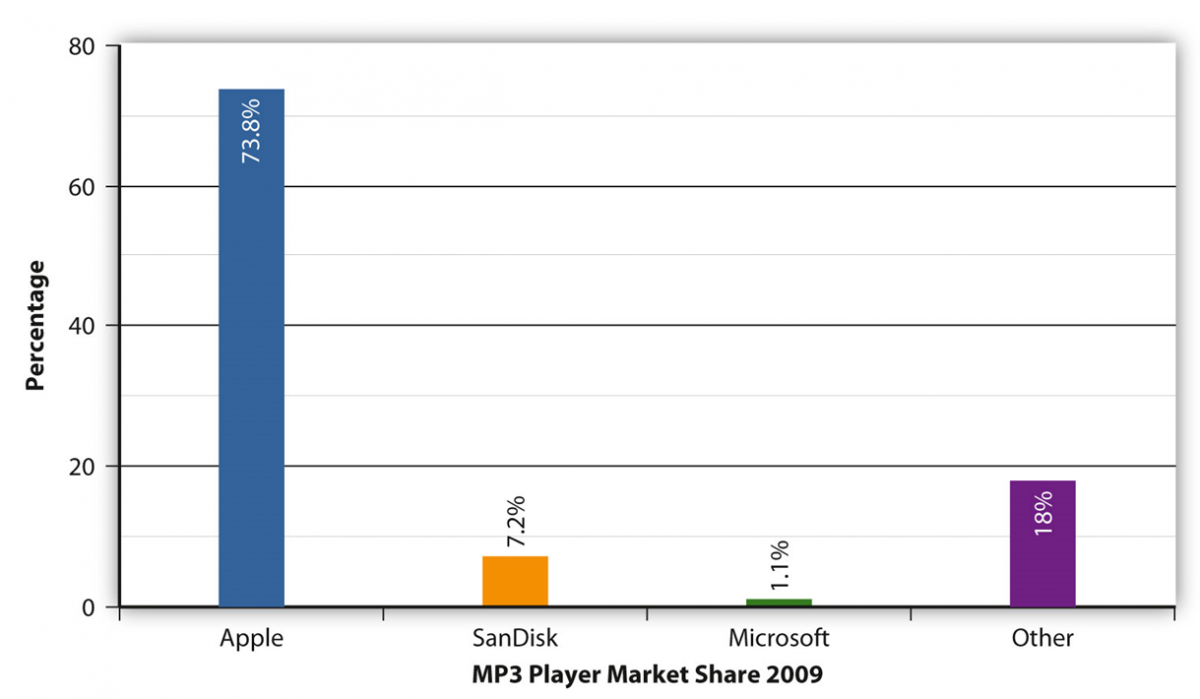Introduction
One of the most important technological innovations of the twentieth century was the creation of the World Wide Web (WWW), a global network of servers that allows users to access information via the Internet. The Web started a revolution that led to the development of the Information Age and changed many aspects of society, including the entertainment business. The responsive nature of business means that it evolves in line with the latest technology and responds to current trends. A dramatic transformation occurred in the music industry, which saw its business model radically changed as a result of digitalization, data compression, and the rapid expansion of the Internet.
Over the last two decades, the Internet has been transforming the way people produce, buy, and share music. This process is still underway: Continuous technological innovation prompts companies to create new distribution models to respond better to consumers’ needs. The Internet also creates new opportunities for emerging artists and allows virtually anyone to become famous. This paper seeks to address the changing nature of the music industry. The researcher focuses on technological innovation and the way it has transformed established business models.
The Pre-Internet Business Model of the Music Industry
In the pre-Internet era, the business model of the music industry relied on some form of physical distribution. As the technology progressed, various forms of physical distribution, including vinyl, cassette tapes, and CDs were used to distribute music.
The first technological innovation that had a major effect on the business model of the music industry was the creation of portable phonographs (Osborne, 2016). These devices, exorbitantly expensive at first, made it commercially viable to sell music records. Vinyl was used to record and physically distribute music, and the evolution of technology gradually made music more accessible in the post-war era.
As the technology improved, music players became smaller, cheaper, and more portable, and by the 1960s, battery-operated tape recorders became bestsellers (Portable Music, n.d.). Such technological innovations as Dolby B noise reduction allowed cassettes to retain a comparable level of quality to vinyl and, more importantly, allowed music to become more portable and accessible. Record companies turned toward ceasing the production of vinyl records and directed their efforts toward producing cassettes. The creation of the Walkman and its copies eventually made cassettes the major form of physical distribution, and they remained dominant until they were replaced by CDs in the early 1990s (Portable Music, n.d.).
As such, the major trend in the music industry before the expansion of the Internet took place was the increasing portability of music. Over the years, physical media became smaller, cheaper, and more portable, but it was still physical in nature. The reliance of the music industry on physical distribution significantly limited further development of the portability trend. If an individual wanted to listen to a new album, they had no choice but to buy it on physical media, which was not very convenient.
The fact that physical distribution was in the hands of a handful of major record labels also made it difficult for independent artists to find their audience. The physical distribution model implied that an artist had to sign a contract with a record label first, which would produce and distribute music for a share of sales. While this business model was very convenient for major record labels, as they had a monopoly on producing and distributing music, it also meant that independent artists could hardly become popular without a record label’s support.
Technological Innovations that Transformed the Music Industry
In the pre-Internet era of the music industry, the pivotal point was digitalization of music. This process occurred in two dimensions: Studios gradually shifted to digital devices to record, compose, and edit music, while CDs dropped in price and became the major form of physical distribution. As more studios used digital devices, software solutions were developed to assist them in the editing process. A few years later, when the Internet took over the music industry, improved versions of these editing tools allowed independent artists to create their own music. In addition to the fact that CDs were cheap, they had no copy protection. As a result, sales of blank CDs were on the rise, as was piracy.

In the late 1990s, the Internet was growing, but penetration rates were still low, and low Internet speeds limited the ability to share lossless music files online.
The creation of MP3 compression format “opened up the possibilities… for the unproblematic file sharing of music online” (Dolata, 2011, p. 9). This compression format allowed for the production of music files that were very lightweight and exhibited no noticeable loss of quality. The dramatic impact of this technology was underestimated by the music industry: The first Digital Rights Management Standard was agreed upon only in 2006 (Dolata, 2011, p. 10), when uncontrolled production and distribution of music files through the Internet were significantly reducing the record companies’ revenue.
As Internet penetration rates increased, music distribution transformed from physical to digital (Coleman, 2009). The iTunes store was created as a digital distribution platform and became the dominant force on the download music market.

As a natural continuation of this business model, streaming services, such as Apple Music and Google Play music, were introduced in the 2010s and offered their users access to unlimited music streaming for a monthly subscription fee.
The rapid expansion of the Internet also made it possible for aspiring musicians to become famous with no support from record labels. Digital distribution made it much easier for them to create and distribute music and earn revenue. Independent musicians could produce music using digital recording and editing tools, distribute it via the Internet, and earn revenue with no need to pay a record label. As such, the entry barrier for the music industry became much lower (Bessant & Tidd, 2011, p. 46).
Conclusion
Innovative technology has initiated transformative socio-economic changes. While many aspects of society have been affected, the music industry, in particular, has been continuously evolving in response to changes in production, distribution, and market structures. These changes were largely initiated by the development of new technology, such as the Internet, the MP3 compression format, digital recording and editing, and other factors.
Today, music is not limited to physical media and can be accessed over the Internet anywhere, at any time. “Music production is no longer tied to recording studios in the traditional sense, but can be produced independently and in a decentralized manner by the artists themselves” (Dolata, 2011, p. 17). The process of change in the industry is still under way, with a shift from selling individual music albums toward unlimited subscriptions.
References
Bessant, J. & Tidd, J. (2011). Innovation and Entrepreneurship. Hoboken: John Wiley & Sons.
Coleman, M. (2009). Playback: From the Victrola to MP3, 100 Years of Music, Machines, and Money. Cambridge: Da Capo Press.
Dolata, U. (2011). The Music Industry and the Internet. Web.
Osborne, R. (2016). Vinyl: A History of the Analogue Record. Abington-on-Thames: Routledge.
Portable Music. (n.d.). Web.